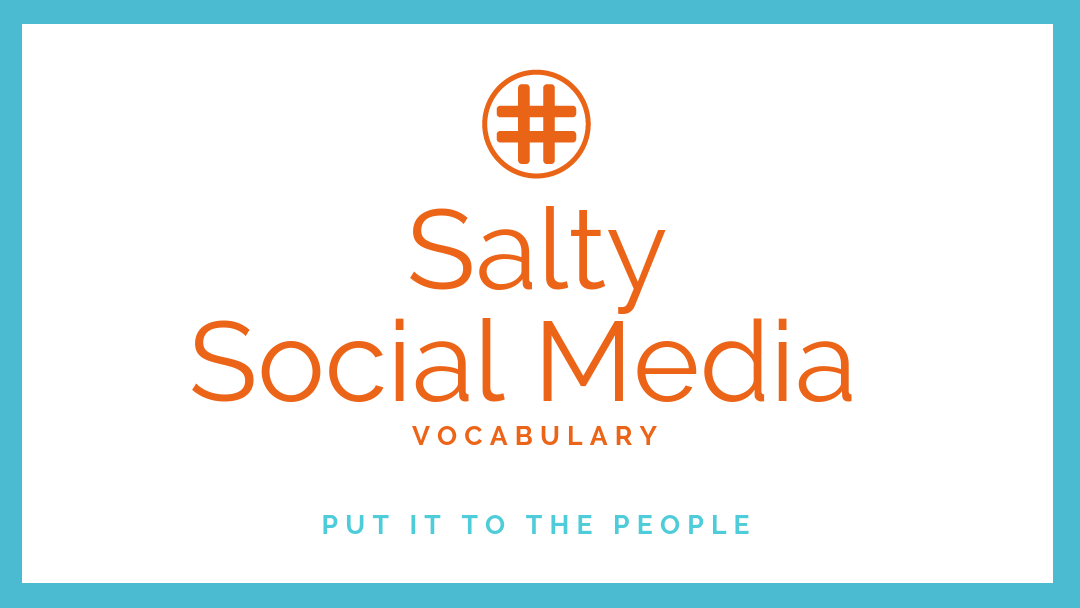Welcome back to Salty Social Media Vocabulary. Today we’re chatting all things collaborative and crowd-sourced. Many brands—especially smaller startups—have moved away from traditional focus-group style testing, and instead try different means through which to market-test ideas and solicit user feedback. Not only do some of these strategies help cover overhead costs, but they also create a built-in fan base through fan participation in the creative process. Let’s cover a few phrases:
Crowdsourcing: refers to the solicitation of content or ideas from a particular group of people to guide the creation of a product or service.
Is it for You?
Yes: crowdsourcing is a low-risk means through which to add some fresh ideas to your team’s creative pool.
Co-creation: whereas crowdsourcing solicits ideas, co-creation takes that idea a step further and solicits feedback throughout the product creation process, thus giving fans a sense of ownership of the final product. Platforms such as Chaordix help brands connect directly with their top fans.
Is it for You?
Maybe: if you’re ready to truly bring your fans into your creative process, co-creation might be for you. Companies such as LEGO have had resounding success through co-creation, both in sales and in fan service. Remember: like crowdsourcing, co-creation makes your fans feel like they have a voice, but co-creation also gives them a bigger stake in the creative process. If you’re not quite ready to bring your fans into the fold, consider crowdsourcing before taking the plunge.
Crowdfunding: made popular by platforms such as IndieGogo & Kickstarter, crowdfunding is the act of soliciting production money from fans in exchange for perks. Such perks often consist of swag, early access, and production credit.
Is it for You?
Maybe: If you have had a strong idea (even better: a proof of concept) but don’t quite have the capital or investments, it’s worth a shot. Just remember to communicate with all of your backers about any delays or changes to the project: if backers ever feel that you’re scamming them, the negative press could be difficult to combat.
Social collaboration: is a process or processes whereby multiple groups or individuals share information to achieve a common goal.
Is it for You?
Yes: unless you’re guarding a patent or company secrets, sharing information will likely serve to help everyone in your industry. It’s worth looking at the troves of free information readily available from creative and marketing industries to see how sharing information can elevate an entire industry.
User-Generated Content: is a marketing strategy wherein brands solicit content directly from fans, which the brand, in turn, uses for marketing purposes. UGC asks often coincide with some sort of a contest or giveaway. Example: “Show us photos from your summer road trip taken on your Acme Pow Camera and you’ll be entered to win a free Acme plushie.” In its most basic form, UGC can merely mean RTs are a part of your social media strategy–but we’d encourage you to think bigger than mere RTs.
Is it for You?
Yes: UGC is the easiest way to make your fans feel validated and help you fill your calendar with content. Really, one might be hard-pressed to find a social media strategy that doesn’t involve UGC, but the challenge is often finding new and creative ways to get your fans to share with you.
Bringing your fans into the creative process simultaneously gives them a voice, promotes creativity within your own ranks, and gives you insight into how your fans think about and use your products. While not every process will suit every project, there’s likely a process that could benefit your team. It’s getting crowded in here, so we’ll see you again next week.

